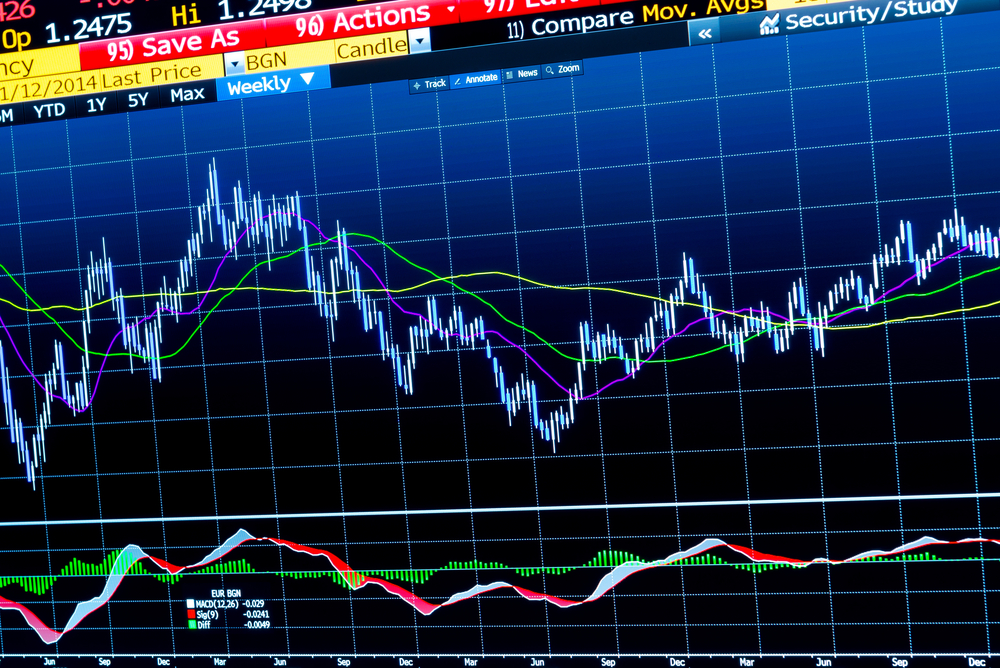The carry trade strategy involves selling the currency of a country with lower interest rates and buying a country’s currency with higher interest rates. In other words, a trader borrows money at a lower rate and lends at a higher rate. The difference between the two rates is his profit. With high leverage, even a slight difference in interest rates can generate high returns. In addition, traders often benefit from the growth of the purchased currency.
Reward in carry trading
In 1999, Japan cut interest rates to almost zero. Investors decided to take advantage of this opportunity and actively sell yen and buy dollars, investing them in US Treasury bonds with a yield of 4.5-5%. Since interest rates in Japan were essentially zero, investors paid practically nothing for loans in yen and pocketed almost all the income they received on US government bonds.
Leverage allowed to increase the profitability of the strategy significantly. 10x leverage converts a 3% difference in rates to 30%. With $ 1,000 on the account, with this leverage, the trader controls the capital of $ 10,000. He invested all his money in the carry trade strategy with a 3% rate difference. In a year, the initial investment would grow to $ 10.3k. The profit will be $ 300, or 30% of the trader’s own money.
This strategy works even better when the exchange rate of the purchased currency rises. Therefore, most traders hope to make money not only on the difference in interest rates but also on the rise in currency prices. The strategy is complicated by possible adverse changes in the exchange rate.
Risk in carry trading
Due to the increase in the country’s currency with lower interest rates, a profitable carry trade may become unprofitable. Perhaps investors consider a country’s currency with high interest rates too risky and prefer to withdraw funds from it and invest them in safer assets. Since carry trade strategies are long-term in nature, they are influenced by various factors, such as changes in interest rates. Therefore, when assessing them, it is essential to consider the difference in base rates and the possible future dynamics of the currency pair. Suppose the interest rate in the US is 5%, and in Russia, it is 10%. A trader can resort to the carry trade strategy by selling the dollar and buying the ruble. He borrows 1000 dollars for a year at 5%, buys rubles for it at the rate of 25 rubles per dollar, and invests them at 10% per annum. If the exchange rate is maintained, a year later, the trader receives 27.5k rubles and converts them into dollars (1.1k). Since the trader borrowed $ 1000 at 5%, he must return $ 1050. The net profit from the strategy will be only $ 50. Now let’s imagine that another crisis, like the default of 1998, occurred in Russia, followed by a significant devaluation of the ruble. If the exchange rate rose to 50 rubles per dollar during the year, the received 27.5 thousand rubles will cost only $ 550 (27500 * 0.02). Since the trader has to return the $ 1,050, he lost a significant amount due to the exchange rate change, although interest rates in Russia are still higher than in the US.


